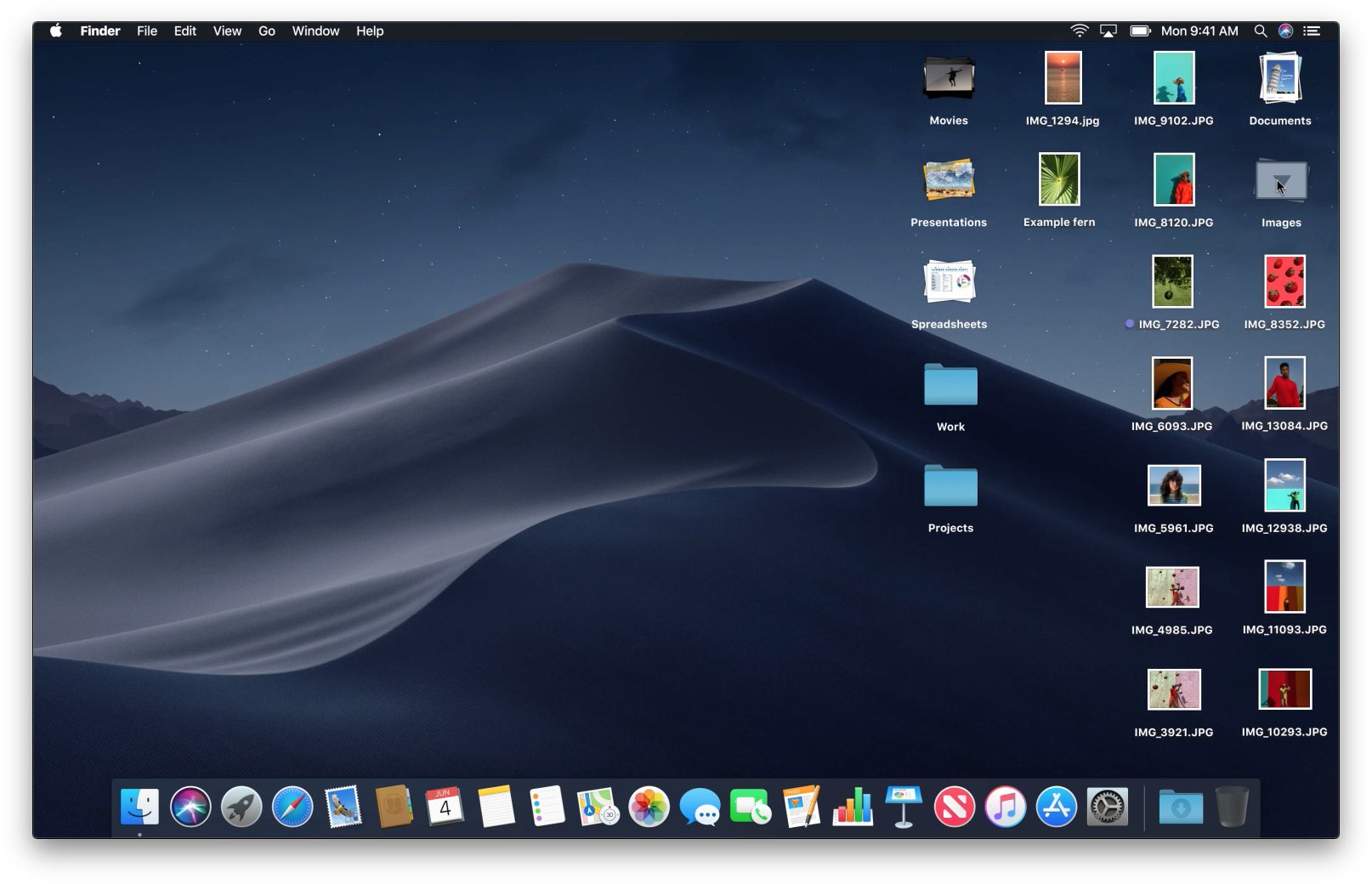

Starting with the Intel build of Mac OS X 10.5 Leopard, most releases have been certified as Unix systems conforming to the Single Unix Specification. The macOS Server app has been discontinued since April 2022 and will no longer work on macOS versions past macOS 12 Monterey. Starting with Mac OS X 10.7 Lion, macOS Server is no longer offered as a standalone operating system instead, server management tools are available for purchase as an add-on.

Since then, several more distinct desktop and server editions of macOS have been released. The desktop version aimed at regular users- Mac OS X 10.0-shipped in March 2001. It was built using the technologies Apple acquired from NeXT, but didn’t include the signature Aqua user interface.

MacOS was first released in 1999 as Mac OS X Server 1.0. To ease the transition for users and developers, versions through 10.4 were able to run Mac OS 9 and its applications in a compatibility layer. The transition was a technologically and strategically significant one. However, the current macOS is a Unix operating system built on technology that had been developed at NeXT from the 1980s until Apple purchased the company in early 1997.Īlthough it was originally marketed as simply "version 10" of the Mac OS (indicated by the Roman numeral "X"), it has a completely different codebase from Mac OS 9, as well as substantial changes to its user interface. That system, up to and including its final release Mac OS 9, was a direct descendant of the operating system Apple had used in its Macintosh computers since their introduction in 1984. This should resolve any permissions-related issues Toolkit is experiencing.The history of macOS, Apple's current Mac operating system formerly named Mac OS X until 2012 and then OS X until 2016, began with the company's project to replace its "classic" Mac OS.
#MAC OS 10.15 FULL#
If Toolkit is still having issues, try providing Full Disk Access.
#MAC OS 10.15 PLUS#
If Toolkit is unchecked, Toolkit will not be able to sync photos under a Sync Plus plan.If folders are unchecked, Toolkit may not be able to sync folders under a Sync Plus plan.If the Removable Volumes entry is unchecked, Toolkit may report “No Readable Volumes” as a status.Repeat the process for other locations.You’ll need to quit Toolkit in order for changes to access to take effect.In the list of apps on the right, select Toolkit or specify items Toolkit can access such as Removable Volumes, Documents Folder and so on.Select a location from the sidebar on the left, for example, Photos or Files and Folders.On your Mac, choose Apple menu > System Preferences, and then click Security & Privacy.To give Toolkit access to protected locations: Not granting permission will result in possible errors or limited Toolkit functionality (see below for examples). For Toolkit to function fully as expected, Mac users must grant Toolkit permission to certain requested locations. The number of protected locations was expanded with the release of macOS 10.15. When an application first attempts to access files and folders in a protected location, the operating system prompts the user to provide access, for example: Apple’s release of macOS 10.14 (Mojave) introduced a new privacy feature which requires users to give applications permission to access files and folders in protected locations.


 0 kommentar(er)
0 kommentar(er)
